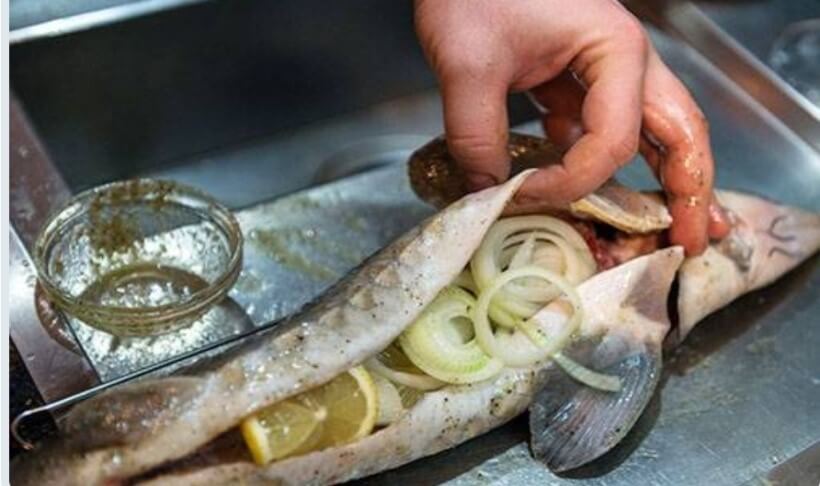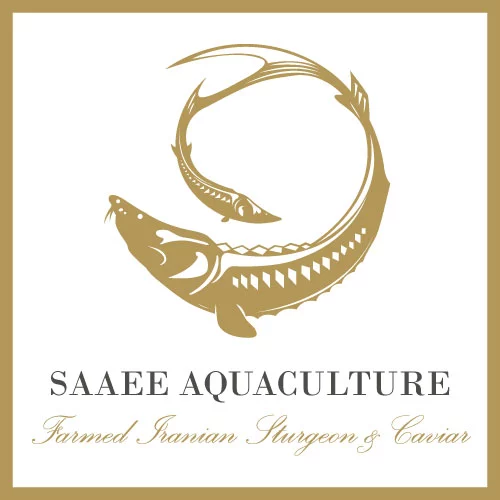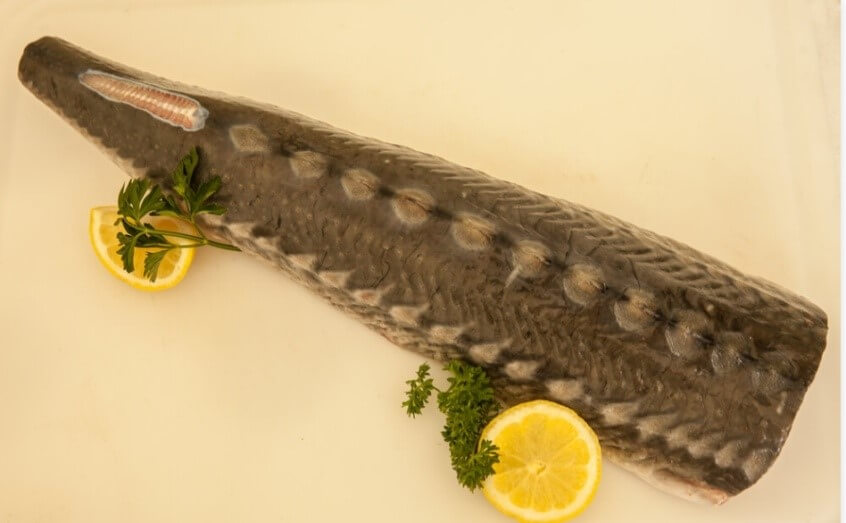
What is sturgeon meat?
Sturgeons are fish species belonging to the Acipenseridae family. In Europe, they inhabited mainly in the large river systems of the Ponto‐Caspian region and the Black, Azov and the Caspian seas. The construction of barriers and dams on rivers during the years has largely contributed to prevent the migration of these species during the reproductive season, as they live in brackish waters and migrate to freshwater rivers for spawning. Moreover, the realization of quarries for the extraction of construction materials and water pollution have altered typical habitats dedicated to sturgeons’ reproduction. Furthermore, the over‐ exploitation of the natural resources for caviar production has contributed to a worldwide decline of fish stocks.
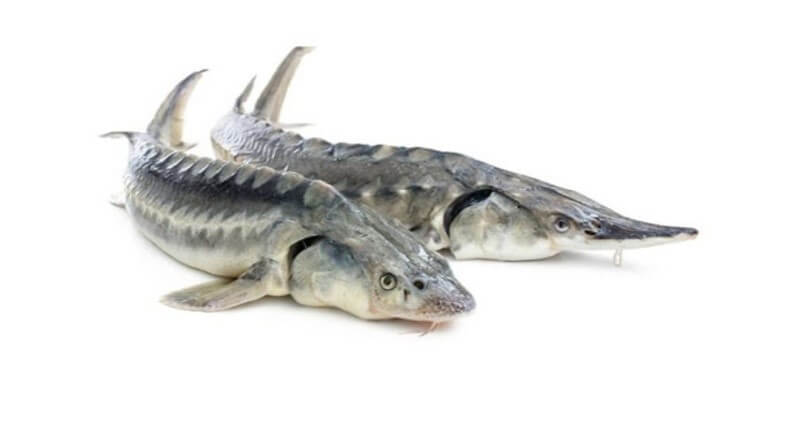
Thus, sturgeons species are now listed in Annex I and II of the Convention on International Trade in Endangered Species (CITES) and they are protected from the over‐ exploitation in all range states, with an exception for some Countries (mainly, Russia, Iran, Kazakhstan, Canada, USA).
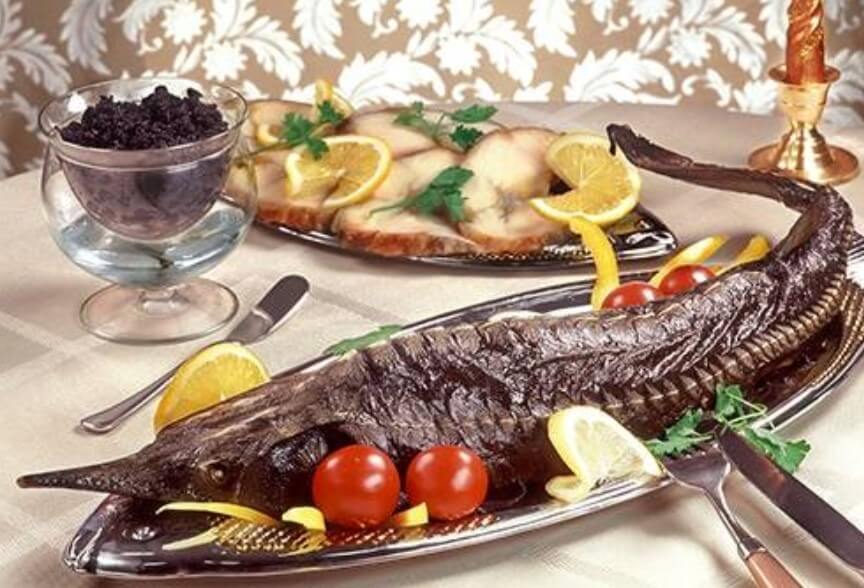
suitable species of sturgeon for culture (meat and caviar):
Sturgeon farming is mainly done for the purpose of producing meat or caviar. Therefore, choosing the right type and species for breeding is of special importance because achieving quantitative and qualitative production efficiency at the lowest cost and in the shortest possible time is one of the primary goals for economizing sturgeon aquaculture activities.
Considering the above conditions, five species of sturgeon are considered for culturing in saee culture from Iran.
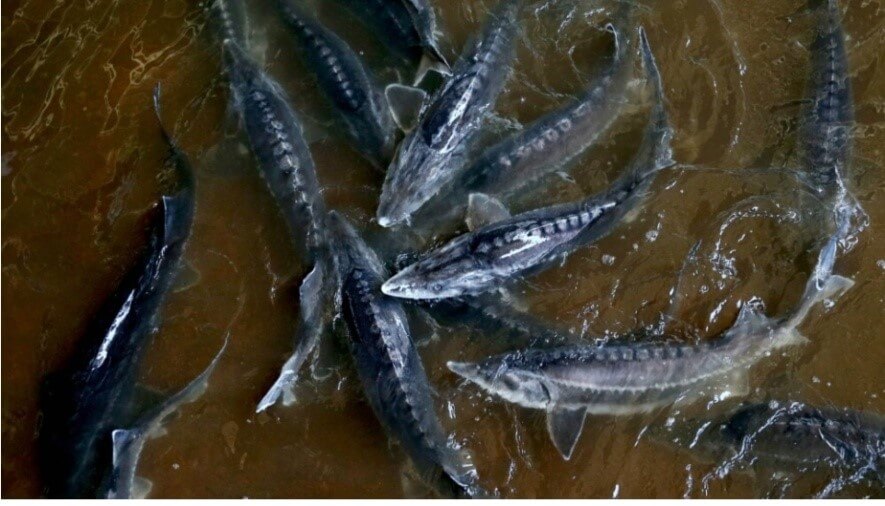
- Beluga sturgeon (Huso huso)
Beluga sturgeon is the first sturgeon breeding species in Iran that due to its high growth rate compared to other species and omnivorous, sturgeon breeding activities began using this species in the country. This species is easily accustomed to concentrate food and has the ability to grow and breed in fresh water and its breeding is possible using river water and wells. This species has a rapid habituation to concentrated feed with the least possible losses and continues the optimal growth process in inappropriate breeding conditions. Although Huso huso is highly homosexual in the early stages of development and there are many problems in this stage of breeding, but after getting used to hand food and if it provides enough food, due to exceptional growth, size Large and white meat and appearance, is one of the best farmed species and the most suitable sturgeon for meat breeding.
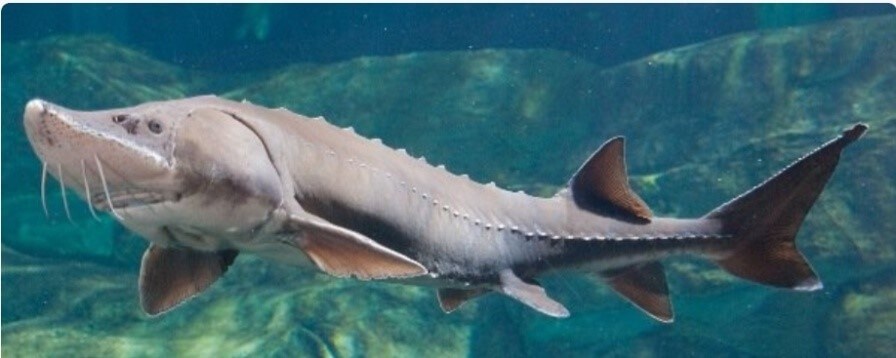
2. Siberian sturgeon (Acipenser baerii)
Siberian sturgeon is a commercially valuable species that has a significant potential for breeding in enclosed conditions. Rapid growth, short maturation period, breadth and variety in diet have led to the introduction of this species as one of the main species in the breeding of freshwater sturgeon. Today, many European countries, including France, Italy, Russia, Poland, Austria .... start raising meat and extracting caviar.
In the natural environment (Lena River), males reach sexual maturity after 9-10 years and females after 10-12 years. In breeding conditions, not only the growth rate but also the rate of sexual maturation increases. Sexual maturity of this species was reported in farms with water temperatures above 18 ° C for males 3-4 years and females 5-6 years, which is much faster than normal conditions. In normal conditions, females do not spawn for at least 3-5 years after the first sexual maturation, but males return to sperm after 2-3 years, whereas in confined males each year and females are ready to regenerate by 1-1.5 years. Siberian sturgeon is a species that grows much better than the native habitat and European waters with increasing temperature. High tolerance of this species in different temperature ranges has made it possible to breed this species in the Southern Hemisphere (Uruguay). Siberian sturgeon are also able to grow well in low oxygen farming units with high ammonia content. This species tolerates well conditions such as lack of food and its low.
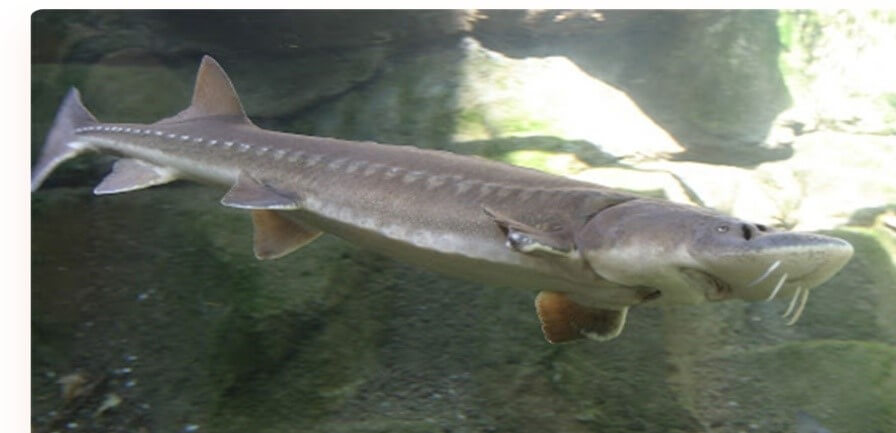
3. Persian sturgeon (Acipenser persicus)
The scientific name of Acipenser persicus is in the coastal waters of Iran in the Caspian Sea and for this reason it is known as the Persian sturgeon and means black snout.
In terms of nutritional and economic value, it is undoubtedly the second in the world and has a longer life compared to other species of sturgeon. Its body is elongated and slender and its color is lighter than Russian sturgeon. Its bony plates are shorter than those of the Russian sturgeon, and its head length is more compact than that of its body. Persian sturgeon is anadromous, meaning that it migrates from brackish water to freshwater to spawn. This species prefers life in warmer waters and although it is found throughout the Caspian Sea, its main density is in Iranian waters and mainly in cold seasons in the southern and southeastern parts of the Caspian Sea. Its main food is mollusks, crustaceans, larvae, bovine fish and some other benthic aquatic animals.
Male fishes in the sea mature at the age of 8 to 10 years and females at the age of 10 to 12 years. The average caviar of each female is 5.22 kg and the maximum is 12.2 kg.
In a breeding environment with proper temperature and nutrition, females mature at the age of 7 to 9 years and weigh 14 to 22 kg. The approximate length of Acipenser persicus farmed fish at maturity is about 130 cm and its spawning rate is 12 to 15% of the fish's body weight.
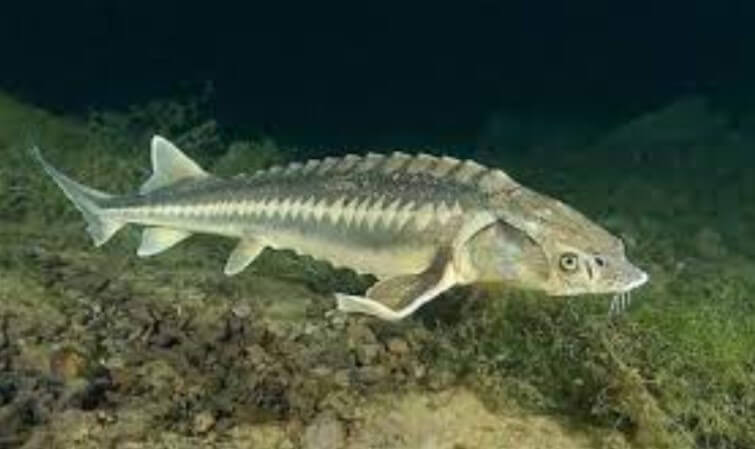
4. Acipenser guldenstadtii
Acipenser guldenstadtii species of Caspian sturgeon lives mainly in the northern parts of the sea and is highly dependent on the Volga and Ural rivers, but is also found in the southern regions. In the northern Caspian Sea, young fish of this species live at a depth of 2 to 5 meters, but large fish in the southern waters of the Caspian Sea prefer a depth range of 2 to 130 meters.
This fish enters to spawn in the Volga, Ural and Kora rivers in the north and Sefidrood river in the south of the Caspian Sea.
Migrations of this fish for reproduction take place in spring and autumn and its spawning peak takes place at a temperature of 21 to 25 degrees Celsius.
The average sturgeon of Russian sturgeon is about 5 to 3 kg. The caviar of this fish is also offered under the name of Astra caviar.

5. Acipenser stellatus
Acipenser stellatus is a migratory fish and often lives in warm rivers. The fish habitat has a bed of sand, sand and clay that can move easily. This fish builds its house at a depth of 50 to 300 meters. The water temperature should be between 4 and 27 degrees.
stellatus from Caspian sea feeds on mollusks. The stellatus from sea migrates en masse, first entering the river. Among the rivers of Iran, which are the habitat of this type of fish, we can mention Babolrud, Sorkhrud, Kora, Gorganrud and Tajan rivers.
Offshore stellatus travels to warm waters in early September to autumn, and migrates to April from June in cold regions.
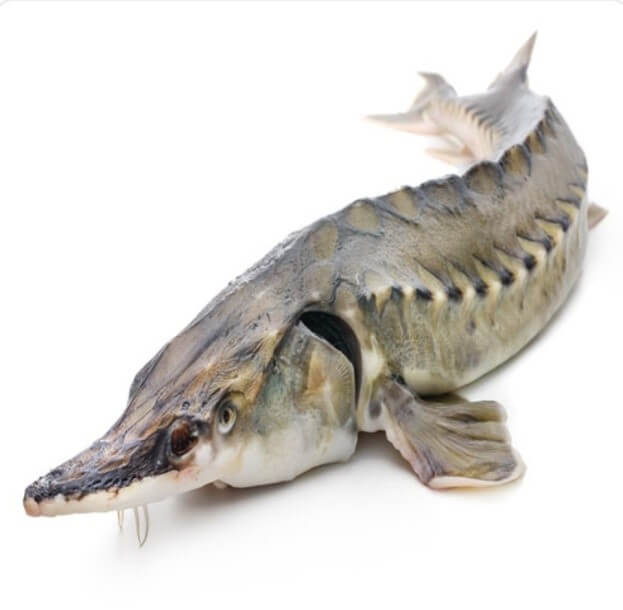
What is sturgeon meat?
Sturgeon are cartilaginous fish of the Caspian Sea and, as their name implies, have cartilage instead of bone. The meat of sturgeon is slightly different from other fish. The texture of sturgeon meat is denser and juicier and its taste is not similar to the meat of other fish. It is said to taste closer to shrimp and crabs. Tiny ossicles, which are a prominent feature of Caspian fish, are not present in this fish. The special anatomy of sturgeon makes sturgeon meat crispier and more filling.
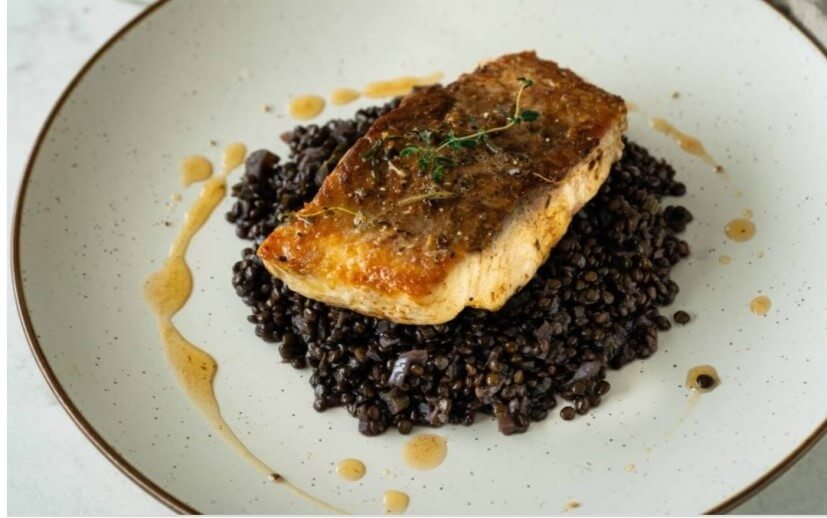
What do sturgeon taste like:
Sturgeon, despite its appearance in the water, is actually a very delectable fish. It has a consistency and texture that fish-lovers very much enjoy. When prepared properly, either raw, cooked, or even boiled, this fish is a favorite among seafood lovers.
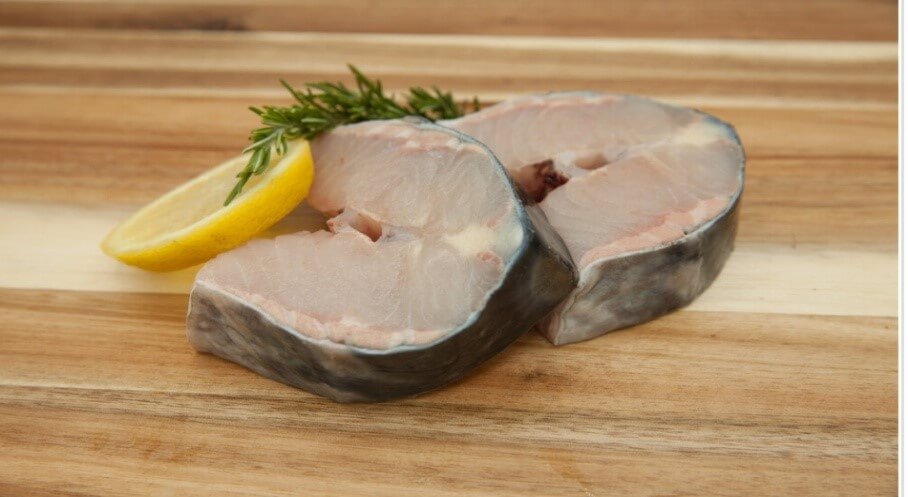
Sturgeon is a good fish for meat because of its solid texture. It also marinates well. This firm-fleshed white fish is prized for its caviar, but there's no need to shell out for the eggy delicacy if you want to sample a sturgeon. The fillets are also quite delicious with dense, steak-like meat that holds up well on a grill or in a smoker.
Sturgeon has a refined flavor and consistency. That charm is why eating it raw is the best way to eat it. You can enjoy the charm of the fish meat by eating it as sashimi, sushi and marinading it. Even when boiled, you can enjoy the tender texture of sturgeon.
